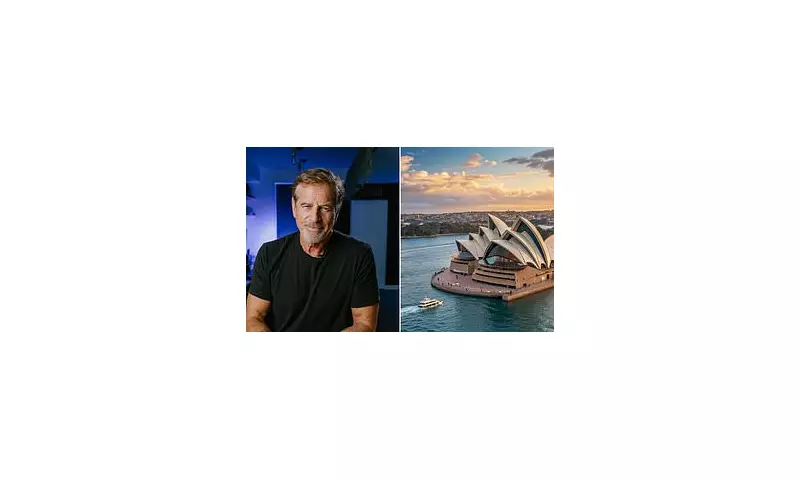
Prominent finance expert Mark Bouris has delivered a sobering assessment, declaring that the 'Great Australian Dream' of home ownership is rapidly disappearing for younger generations. This warning comes as fresh data reveals house prices continue their relentless climb, creating an ever-widening generational wealth gap.
The Stark Reality: Data Confirms a Deepening Crisis
Bouris did not mince words, stating, 'The Great Australian Dream is slipping and we all know it.' He highlighted the acute pressure on those under 40, for whom achieving what previous generations did is becoming harder every year. He contrasted this with older Australians who typically own their homes outright, face lower expenses, and enjoy higher incomes.
This sentiment echoes growing public frustration, recently amplified by viral social media posts lamenting Australia's declining quality of life. One citizen captured the mood, describing a relentless cycle of work and financial strain where 'housing is basically a lifelong mortgage sentence.'
The scale of the problem is confirmed by hard numbers. In September, the median Australian home value reached a staggering $860,529. When set against a typical pre-tax household income of $104,390, the affordability chasm becomes clear.
A Nationwide Affordability Breakdown
The crisis is felt across the country, but with varying intensity. Sydney remains the most unaffordable market, where it would take 16.7 years for an average earner to save a 20% deposit. In the city's exclusive eastern suburbs, this timeline stretches to an impossible 35 years.
Other major cities also present formidable barriers:
- Adelaide: 13.1 years to save a deposit
- Brisbane: 12.9 years to save a deposit
- Melbourne: 11.2 years to save a deposit
- Perth: 10.8 years to save a deposit
- Hobart: 10.6 years to save a deposit
The pressure isn't confined to buyers. The rental market is also breaking records for the wrong reasons, with households now spending a record 33.4% of their income on rent, the highest level in over two decades.
Root Causes and Proposed Solutions
Eliza Owen, head of research at Cotality, described the situation as a 'structural shift in who can access the market,' pointing to a severe disconnect between incomes and property prices. This surge was fuelled by a perfect storm of pandemic-era stimulus, record-low interest rates, government incentives, and a rapid rebound in overseas migration, all while housing supply lagged severely.
The result is a self-perpetuating cycle where existing homeowners reinvest capital gains, further widening the gap for first-time buyers without family assistance. 'It definitely speaks to a widening in the divide of the haves and have nots,' Owen stated.
On potential solutions, Daniel Wild of the Institute of Public Affairs cited high immigration as a key driver, criticising the government's 'lazy, short-sighted migration strategy.' Meanwhile, Mark Bouris proposed a radical tax overhaul, suggesting a flat 20% income tax for all Australians to alleviate the cost-of-living burden. He urged citizens to stay and fight for systemic change rather than seeking refuge abroad, calling for a collective effort to secure the country's future.





